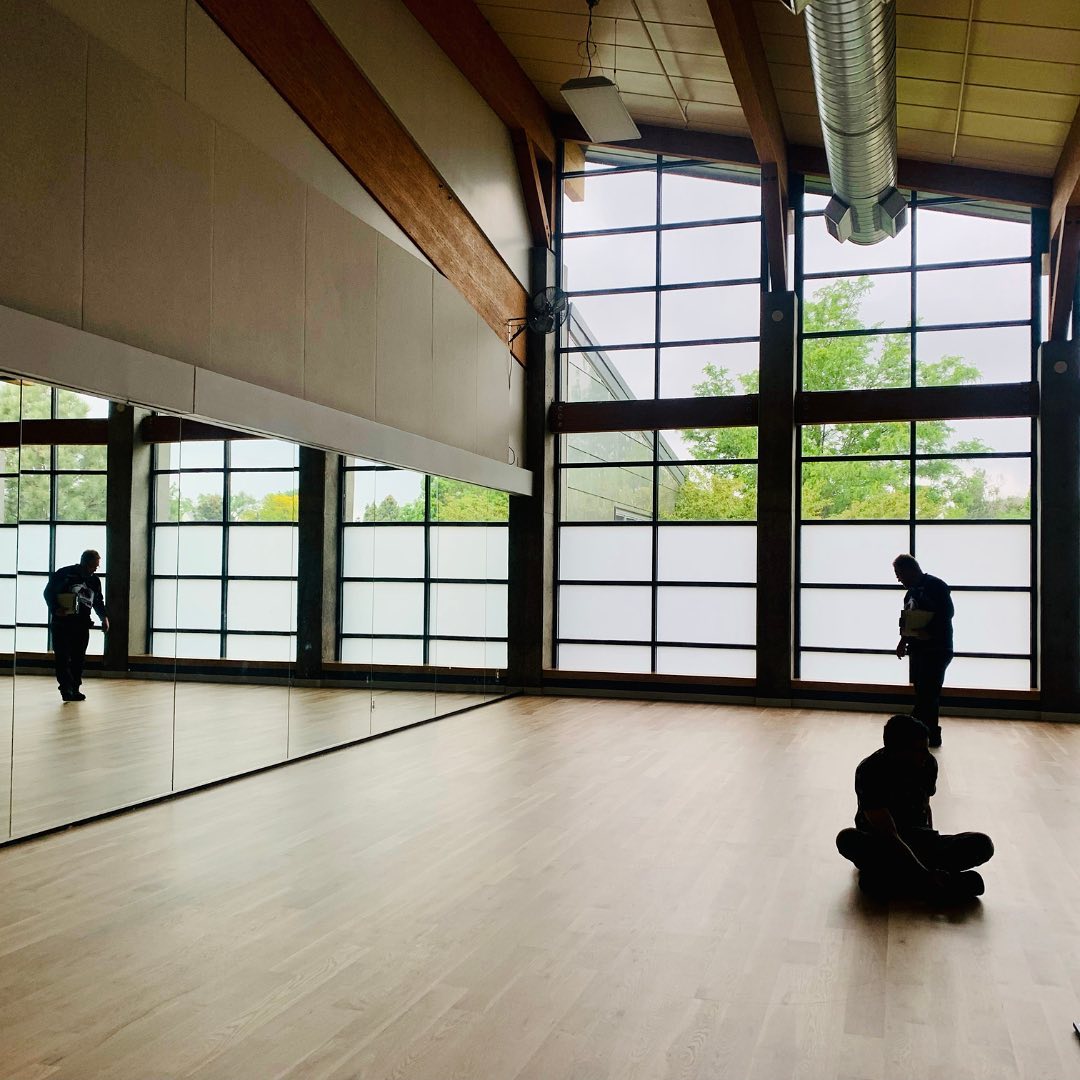Dozens, if not hundreds, of locally owned and operated breweries and pizza shops host live music throughout the Mile High City. However, one stands above the rest — Brewability. Led by the fearless and relentlessly determined Tiffany Fixter, Brewability — which now shares the same space with its sister company Pizzability — has set a high bar regarding what an inclusive and adaptable restaurant can be. Now, Brewability has added another dimension to its long list of adaptable and inclusive offerings. The new vibrational dance floor is designed to allow the sound of music to be delivered through the physical dimension rather than an audible one.
Designed by Feel the Beat, at first glance, the dance floor at Brewability looks similar to every other proper dance hall or saloon floor Denverites are most familiar with — worn and tinged by a few too many beer stains and stomping boots.
However, the difference between the dance floors mentioned above and the one at Brewability is that at Brewability, now everyone can experience music together. Whether it is bluegrass, reggae, hip-hop or house, this brand-new technology allows patrons to feel the music move through them. Patrons can quite literally feel the music in their bones.

Since 2017, Feel the Beat — a Colorado-based nonprofit — has been leading the way in making the joy of dancing genuinely accessible for all. Now, they have actualized that goal. The floor, the first of its kind, operates using groundbreaking technology, which Feel the Beat calls “vibrotactile technology.” In simple terms, the technology transforms sound waves into vibrations. Those vibrations are felt throughout the body and make their way into human auditory systems, which activates the same auditory nerves as when sound waves are transported through the air. This means that those who are deaf, hard of hearing or have any other sort of divergent hearing experience the sound of music through a physical output: vibrations. This technology operates similarly to the “bone-conduction technology” experienced in newer sets of headphones — Shokz is a great example — but on a much larger scale. In fact, the new technology installment at Brewability spans the entirety of their 12-by-12 foot dance floor. Since there are virtually zero delays between vibrations and the audible sound of the music, patrons with varying hearing abilities can now share those moments we all crave.
“It’s exciting to see the participants’ faces just light up, and to witness them really ‘get it.’ Suddenly, music — something they may have never experienced before — is resonating within their bodies and minds. The impact is amazing, and, most importantly, everyone in the room gets the same access,” said Jari Majewski Price, founder of Feel the Beat.

After experiencing the dance floor in person and discussing that this type of technology and implementation is the first of its kind, a disappointing fact became clear. The enjoyment of stomping boots to “Fishin’ In The Dark” on a Saturday night or swaying to the sound of live music was — and in many cases still is — only limited to a particular group of people: those who can hear. However, that gap between those experiences is about to shrink significantly with the implementations and technology that Feel the Beat has developed.
Perhaps this new technology will reinforce the fact that music has always been a universal language. It is hard not to get excited when considering the potential impact and opportunities this technology offers to the community, especially for those who have never experienced live music. Will this mean we will have concert halls and music venues lined with this vibrotactile technology? Why shouldn’t they? Why should a segment of the population be excluded from hearing the latest new band or experiencing the joy of watching a live concert at an intimate venue? While it is easy to dwell on the historic lapse in opportunities for those who are deaf, hard of hearing or neurodivergent, it is companies and restaurants such as Feel the Beat and Brewabilitiy that bring hope and optimism to the conversation and proudly insist that everyone deserves to live a happy, fulfilling and extraordinary life. With a consistent list of live music from local bands, Fixter mentioned, “People want to come out, eat and drink, dance and have a good time. That should be accessible to everyone who walks or rolls through our doors.”





